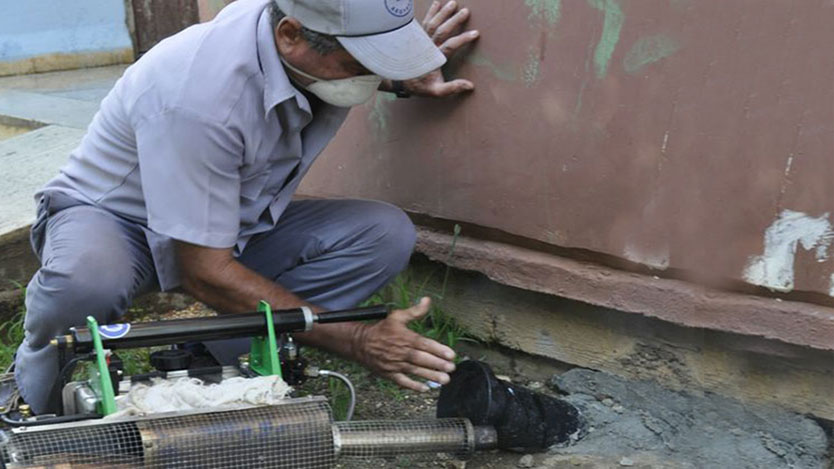
Among the 1,000 people who collect the health diagnosis from the Family Doctor's and Nurse's Office No. 12, in the main city, only one case of dengue in home admission is reported these days; However, this number does not give Dr. Dianis León Valdés peace of mind, aware that many remain at home without declaring the symptoms and of all the variables that aggravate the health outlook in her community.
The first one that he uses is the micro-dumps in any corner and, the others, he attributes to an unusual campaign to confront the Aedes aegypti mosquito, which is limited by the deficit of resources, which forces many to manage the little and leaves us in debt to the white smoke from fumigation, which before invaded entire blocks.
Observing the symptoms and ensuring that the patient goes to the polyclinic on the sixth day to take samples is the protocol that they follow to the "letter", although we will see that their concerns are not in vain and that the actions of health promotion and prevention alone will not stop the disease.
Today, the course of dengue in the province tends to increase the number of suspects, the incidence rate and the speed of transmission; while intensive actions in areas identified as high epidemiological risk are limited to blocking cases (fumigating the patient's house and those adjacent) and radio batties.
According to the statements of José Luis López González, deputy director of Epidemiology in the province, at the end of week 27 of the year, the Ciego de Ávila municipality registers a high risk of transmission, with an infestation index of 0.29, out of a permissible 0.05. , and it is the one with the greatest focus, totaling 152 foci identified to date.
“The incidents today are in non-compliance with home admission; When we visit homes, sick people are working or on the street and there are refusals to take the IgM test to confirm or rule out the virus. In addition, the community groups for the investigation in the neighborhoods do not work and the work force in the groups of operators is not completed.
Majagua is in a better situation, a municipality with the highest infestation index and which has monopolized the bulk of the actions to confront the vector in recent months, adding three weeks without positivity or suspicious cases. In turn, Baraguá increases the incidence rate and Morón "debuts" this season as the second territory of epidemiological complexity, moving into the epidemic zone.
Reports from the City of the Rooster indicate an average of 21 daily fevers and an infestation rate of 0.55, with a question mark hanging over its two health areas. All efforts are concentrated there and the next few days will be decisive to cut off the flight of the Aedes aegypti.
